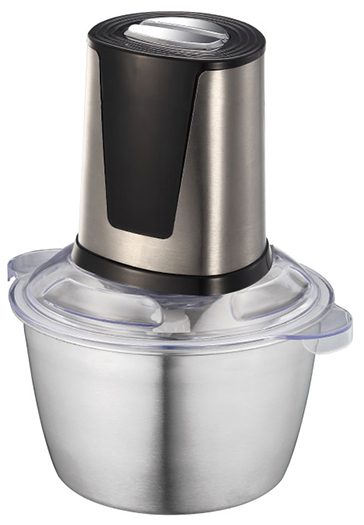At present, more and more automotive electronics system lighting designers are using LED lighting to meet practical and aesthetic uses. LEDs are well known for use in a variety of automotive lighting components such as headlights, daytime running lights, fog lights, turn signals, interior lighting, infotainment backlighting, and combined taillights (RCL) and high level brake lights (CHMSL).
There are two main DC/DC power supply categories to consider when building an LED-powered electronic drive solution, a linear regulator and a switching regulator. Linear regulators have the advantage of reducing component count and reducing electromagnetic interference (EMI), but have serious drawbacks in terms of efficiency and heat dissipation. Therefore, switching regulators are the first choice for many designers' drive solutions. The DC power supply and the number and type of LEDs required determine the topology choice of the LED driver. If the supply voltage exceeds the total LED voltage, a buck converter is required. If the voltage of the LED group exceeds the supply voltage, a boost converter is required. Finally, depending on the specific conditions, the LED voltage may be higher or lower than the supply voltage, so power topology techniques such as buck/boost or single-ended primary inductor converter (SEPIC) should be used.
In the design of lighting systems, in addition to LED power supply, there are many factors to consider. Another major consideration in LED circuit design is thermal management. One way LED driver integrated circuits improve thermal performance is by controlling the LED forward current as a function of temperature. This can be achieved by using an external current to sense the temperature and control the current supply to the LED, but a more efficient solution is to utilize an integrated circuit with the necessary built-in functionality.
National's products include a wide range of switching regulator ICs that enable multiple topologies. In addition, National Semiconductor has developed a range of integrated circuits for LED applications, many of which have features suitable for automotive electronics applications. This article will explore several application examples of automotive electronics system headlight drivers.
Example of a headlight using a boost regulator
LEDs are increasingly being used in automotive headlights and other front-view lighting systems. Typical headlight applications may use 10 white LEDs arranged in a variety of ways. For the case where each LED has a maximum VF of 4V, if the designer wishes to use a topology in which all LEDs are connected in series in one lamp group, a DC/DC stage will need to be set to drive the LEDs. In this case, a single boost switching power stage can be used for the nominal 12V~14VDC power bus.
1.8L Food Choppers have a large capacity, which can chop lots of meats in one time and in very short time. Besides, they can very easy to clean. They can very popular with family using.
Description for 1.8L Food Choppers
300W/350W
S/S housing
Pure clear and thick glass bowl with double blades
2 speeds with safety switch
metal gear
stainless steel bowl optional

1.8L Food Choppers
1.8L Food Choppers,1.8L Choppers,1.8L Electric Food Chopper,Electric Baby Food Chopper
Flying Electronic Co., Ltd , https://www.flyingelectronic.com
